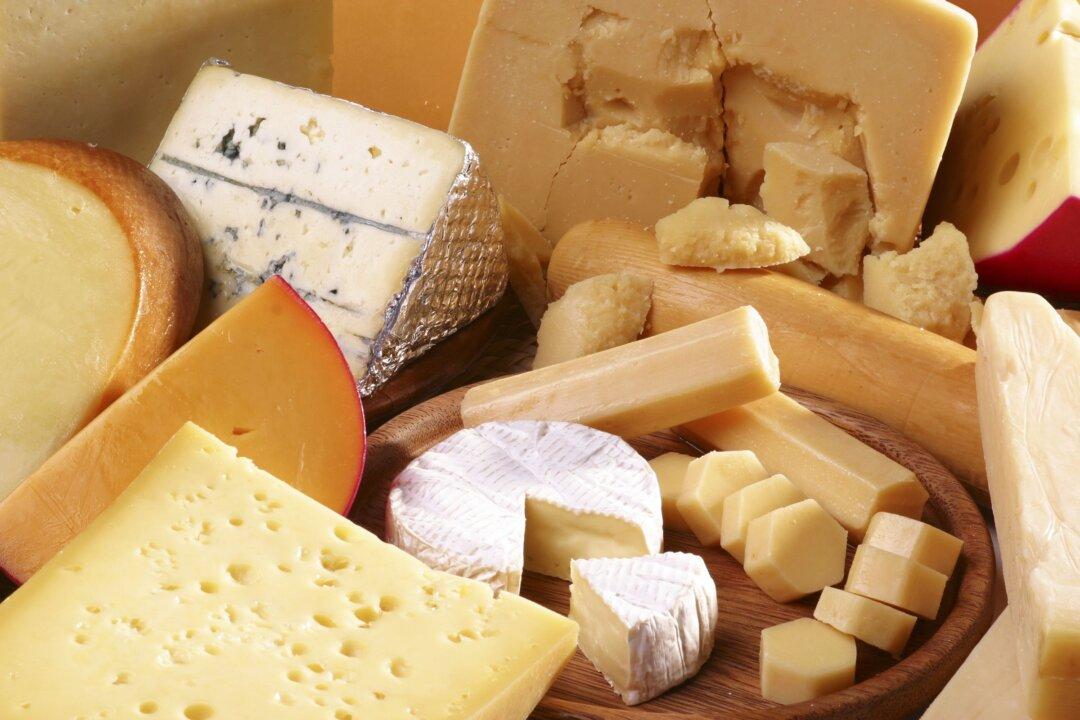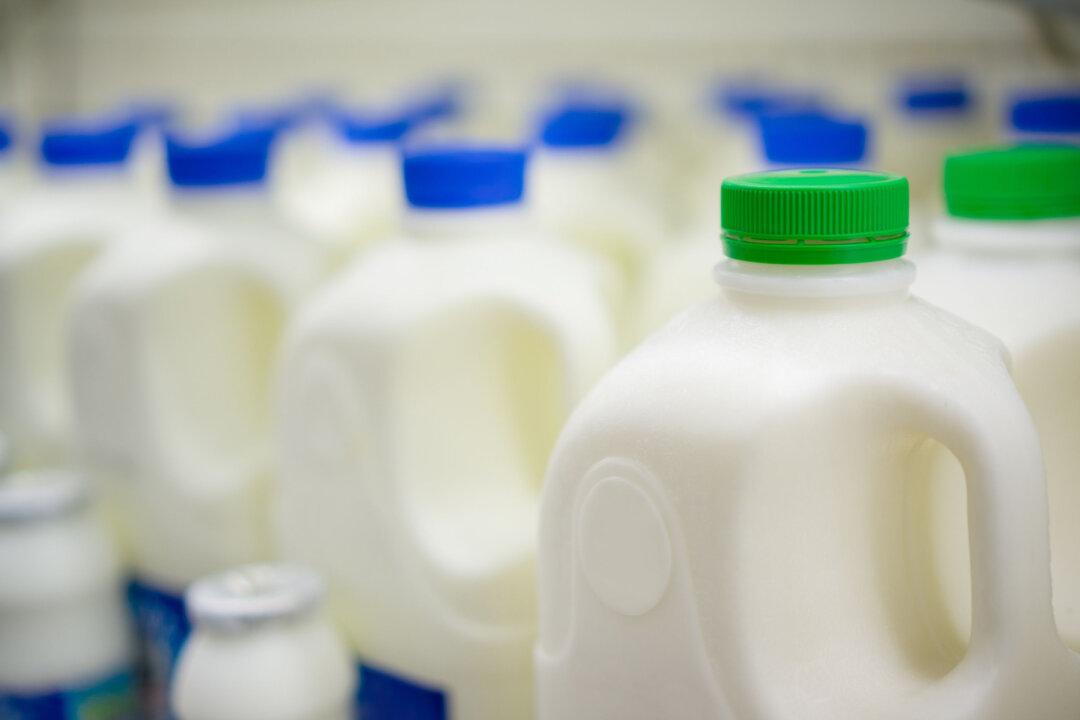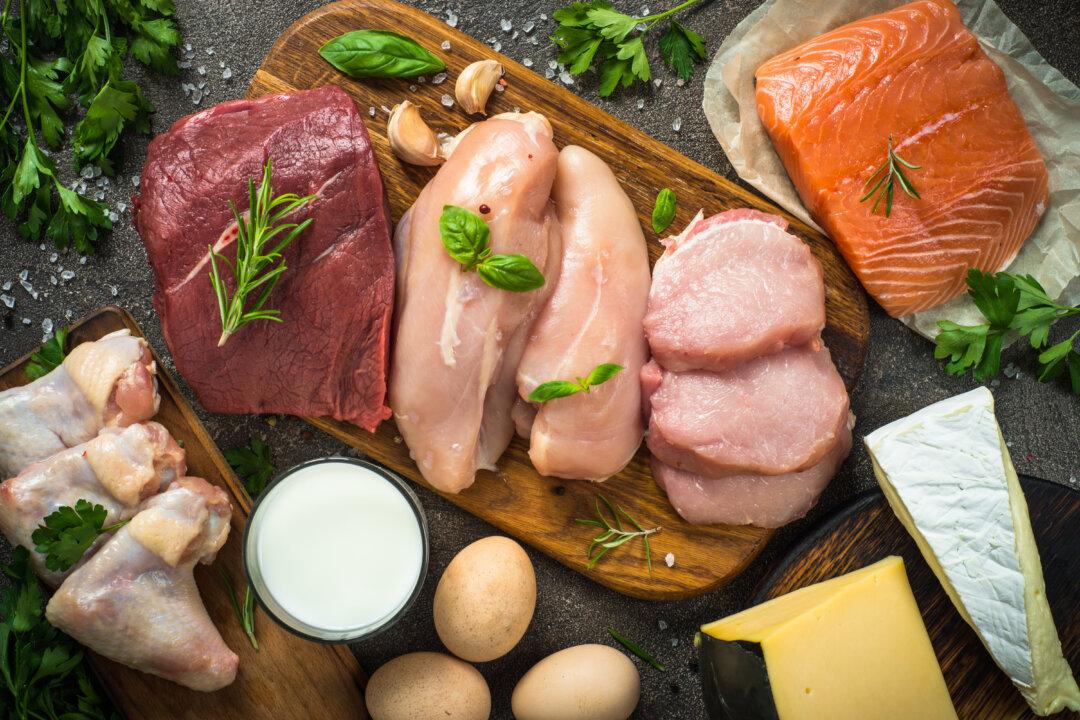In 2003, a remarkable article appeared in the journal Lipids, titled “Fat, fishing patterns, and health among the Bardi people of north Western Australia.” According to the authors, the Bardi people hunted and fished selectively in order to obtain meat and fish containing as much fat as possible.
To the Bardi, foods lacking in fat were considered “rubbish.” If a kangaroo was too lean, they threw it away. They fished only for specific species of fish, and at the right time of year, to harvest only those with the most fat lining the intestines. Then they painstakingly removed the fat, melted it in a shell or tin can set over a fire, and drank the fat or used it as a dip for the fish.






